Similar to the traditional technology field, the proportion of female practitioners in the Web3 world is still low. According to a report jointly released by BCG and People of Crypto, only 13% of Web3 founding teams include female members, and female founders account for only 7%. However, it is this relatively rare figure that brings a different perspective and strength to Web3. So, as a female technology practitioner, how can you find your place in this industry full of challenges and opportunities?
On the occasion of International Women's Day, we specially invited K66, a female developer who successfully transformed from traditional software and hardware development to Web3. She studied in the Department of Computer Science and Engineering at National Sun Yat-sen University in Taiwan, and now focuses on blockchain technology exploration, interpreting the power of women in the Web3 world with practical actions. In the interview, she will share her technical growth path, project practice experience, and sincere advice for women to enter the blockchain field. Let us listen to her story together and feel the rising power of "her" in the Web3 world.
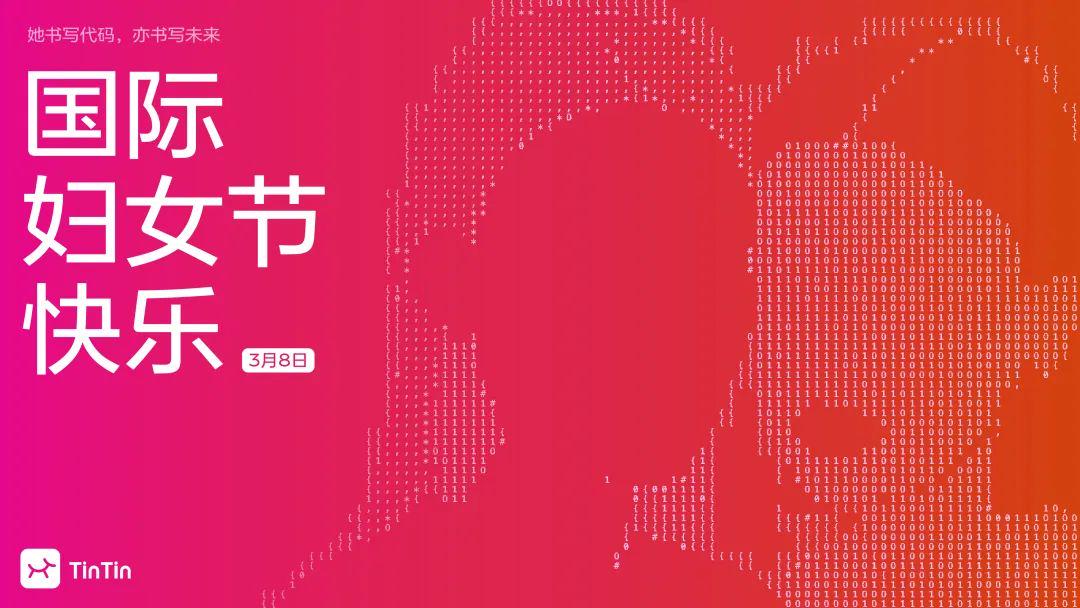
🔔From “miner joke” to Web3 deep cultivation: the story behind the career change
Q: As a developer with an information engineering background, what made you turn to blockchain and Web3?
K66: My fate with blockchain started very early! I first heard about BTC in junior high school, and I frequently attended related lectures in the Department of Computer Science and Engineering in college. At that time, I joked with my classmates that I would use the school's electricity to "mine" (laughs). However, my interest was still superficial at that time, and I really got into it in 2023-that year I began to seriously study cryptocurrency transactions. In 2024, in order to understand the underlying technology, I searched for information frantically, and ended up seeing TinTinLand's courses on Bilibili and YouTube, and I "got into it" from then on. Although my previous job was a software and firmware engineer, I was fascinated by the underlying technology of Web3. If traditional development is "step by step", Web3 is "opening up the world"-from caring about the price of coins to studying the Ethereum upgrade roadmap, every step is full of freshness.

📅 Learning Web3: Time Management and “Brutal Co-learning”
Q: How do you continue learning in the Web3 field? Can you share specific methods?
K66: My learning path can be described as " hardcore growth "! From the brutal Solidity co-learning to the StarkNet training camp , and then to the EPF Ethereum protocol co-learning , the whole process is highly dependent on self-planning + AI-assisted time management . I will use ChatGPT to help me arrange my daily learning progress, and even reserve time to watch anime every Thursday night (moderate entertainment can improve concentration!).

In the learning process, I like to combine the macro and micro . For example, when learning the underlying Ethereum, I will first study the overall technical evolution route , and then combine the details for practical operation. Vitalik divides the upgrade after Ethereum 2.0 into multiple stages (Merge, Surge, Scourge, Verge, Purge, Splurge), and if you look at the GitHub repository of the Ethereum execution layer from the developer's perspective, the upgrade code of the execution layer is Cancun, Shanghai, and the version of the consensus layer is Phase0, Altair, The Merge, Capella, etc. Understanding these roadmaps and version codes gives me a clear understanding of the entire technical evolution context.
But the macro framework alone is not enough, hands-on practice is the key ! For example, although the shared learning project did not require computer operation, the classmates encouraged each other to practice more when sharing online. I was also influenced by this and ran the Ethereum node and participated in the test network by myself. In addition, during this process, I accidentally discovered that some official documents were outdated and submitted a correction PR. These practices not only helped me consolidate my knowledge, but also allowed me to quickly adapt to the development environment of Web3. It can be said that I gained a lot.
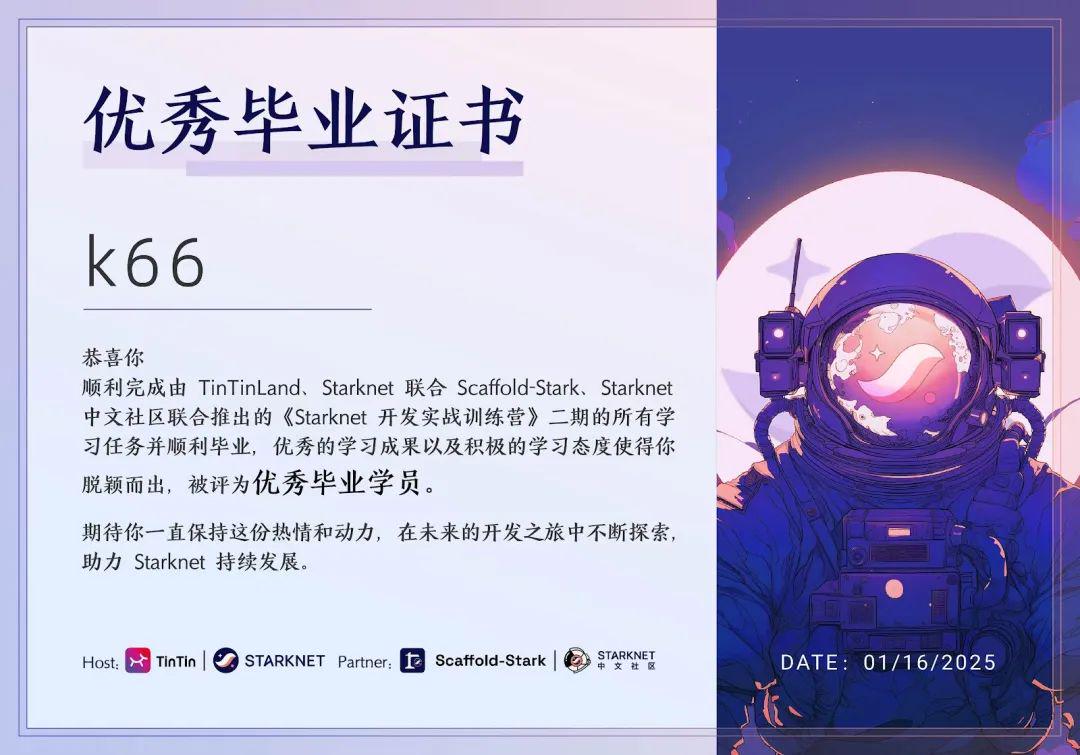
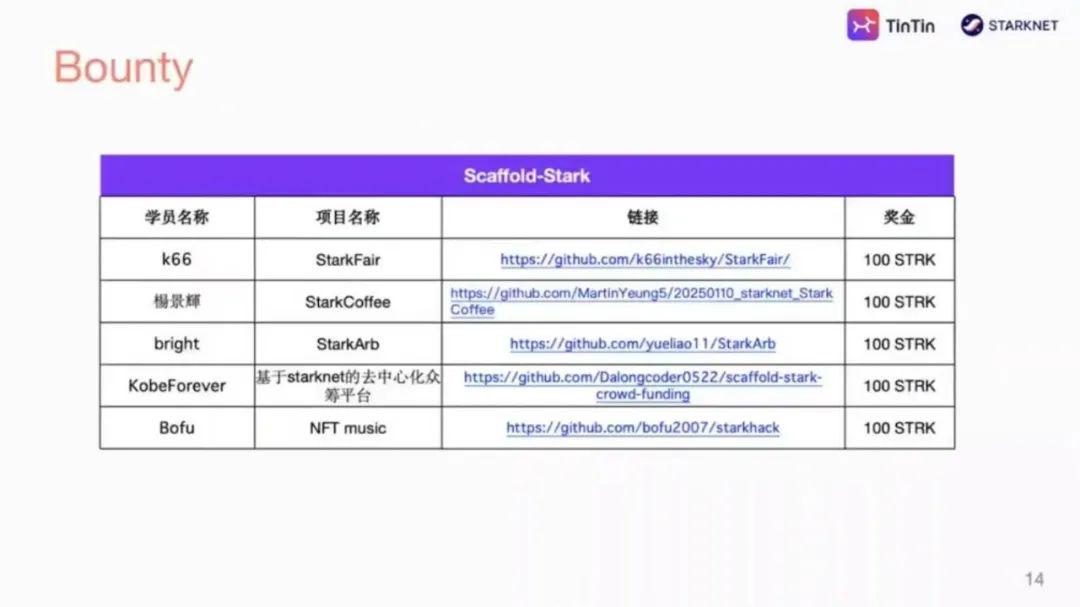
For example, I recently took TinTinLand's AI Agent course (this is my second time taking TinTinLand's course). There is a minimum number of multiple-choice homework assignments each week - although they are just a few simple questions (it takes about 10 minutes to complete), I still recommend doing them because doing them helps to reorganize and consolidate the knowledge points of the week. Before the course starts, the official will also announce the practical content in advance. I think if you don't have other tasks at hand, you can try to complete the side project of the course in advance ; even if you are busy, you can definitely complete it in the end if you follow the weekly rhythm step by step.
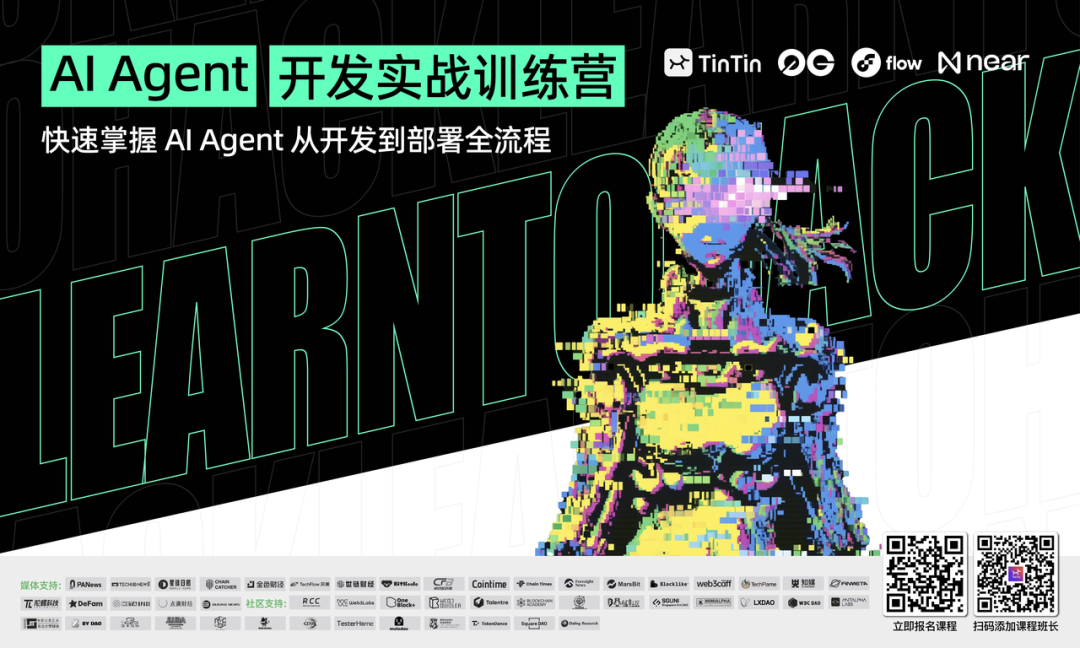
🔗 Course registration: https://lu.ma/i6eyxkfi
🔗 Hackathon registration: https://lu.ma/602w7uo6
Finally, I would like to share some extracurricular learning channels . The online AMA or offline technical exchange activities of major public chains are very worthy of attention - usually the foundation or developer community will serve the "hardest dishes" at these events, and in order to face the public, they will try to explain in a simple and easy-to-understand way, so novices will gain a lot from listening. In addition, each public chain/L2 generally has very complete technical documentation, as well as official Telegram/Discord technical exchange groups, where you can ask questions and communicate at any time. I myself often dive in these communities to get the latest information. Making good use of these resources can help us keep up with the forefront of the industry and learn and improve more efficiently.
🗺️ Project Practice: From “Fair Lottery Machine” to On-chain Ideal
Q: What challenges did you encounter during the development process, and what was the most rewarding moment?
K66: The fair lottery machine project I worked on at TinTinLand last year was inspired by a piece of social news in Taiwan. In November 2024, the Taiwan Ministry of Finance was exposed to a suspected black box lottery incident, which triggered reports from more than 10 mainstream media. This made me realize that many common web lottery systems may not be truly fair:
1️⃣Randomness is questionable - Traditional lottery systems often use the random() function to generate random numbers, but this method can be reversed and there is a risk of cheating.
2️⃣ Lack of transparency — Many lottery systems are not open source, and users cannot verify their fairness.
Based on these problems, I developed StarkFair , which uses the number of blocks produced by StarkNet as a random factor to ensure that it is difficult to predict. At the same time, the code is open source , allowing the community to supervise and optimize to improve fairness. Although there is still room for improvement in front-end security and random algorithms , the sense of accomplishment when the project is completed is unparalleled! Welcome everyone to optimize the code together~
🔗GitHub address: https://github.com/k66inthesky/StarkFair
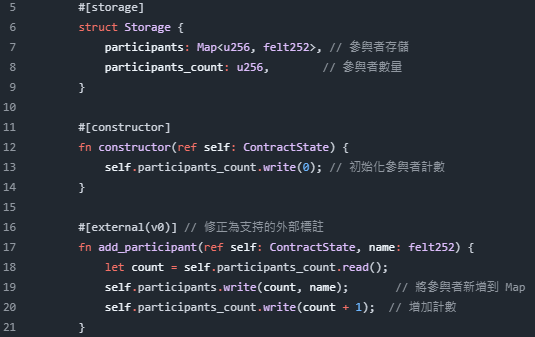
⛱️ Female perspective: advantages, challenges and sincere suggestions
Q: As a female developer, what challenges or advantages do you feel in the industry ?
K66: I’m glad it’s 2025! Most technical communities are gender inclusive, and Discord groups even have anti-discrimination announcements. Of course, there are occasional cases where our abilities are questioned, but from another perspective, we may pay more attention to “neglected needs”, such as “No one in Web3 has made a menstrual period application yet?”
Q: For women who want to enter the blockchain field, how would you advise them to take the first step?
K66: Online learning resources are fair to everyone, and there is no difference in the entry threshold between men and women , but in offline activities, women do appear to be relatively "rare". However, this should not be an obstacle! Don't let this anxiety consume your energy, focus on technology and learning, and real strength will win respect .
My suggestions are:
Be brave and take the first step. Don’t worry about the gender ratio. There are fewer women in offline activities, but this does not mean that they will be excluded. As long as you are interested in blockchain, just go and participate. Opportunities and resources will always be reserved for those who take the initiative .
Find like-minded communities and grow together. For example, Web3 Ladies and Web3 Girls . The former also exhibited at the ABS Asia Blockchain Expo (Taipei) last year, providing support and communication opportunities for female developers. If you are interested in Web3, you might as well join these communities and learn and grow with like-minded people.
In short, Web3 is a world full of innovation and possibilities. Regardless of gender, what really matters is your passion and drive to take action.
🛠️Future planning: Deeply cultivate the underlying technology of Ethereum
Q: What technologies or talents do you think Web3 will need most in the future?
K66: Two types of people: technical developers and token economy designers . Technology is the foundation, but the long-term development of the project is inseparable from the design of the economic model. After all, "the foundation also relies on fundraising and the price of the currency to make a living."
Q: How do you hope to develop in the Web3 field in the future?
K66: This year's goal is to thoroughly understand the underlying Ethereum , submit more valuable code, and strive to enter the EPF (Ethereum Protocol Scholarship) next year. In the long run, I want to participate in more groundbreaking L1/L0 projects, after all, they represent the original innovative spirit of blockchain!
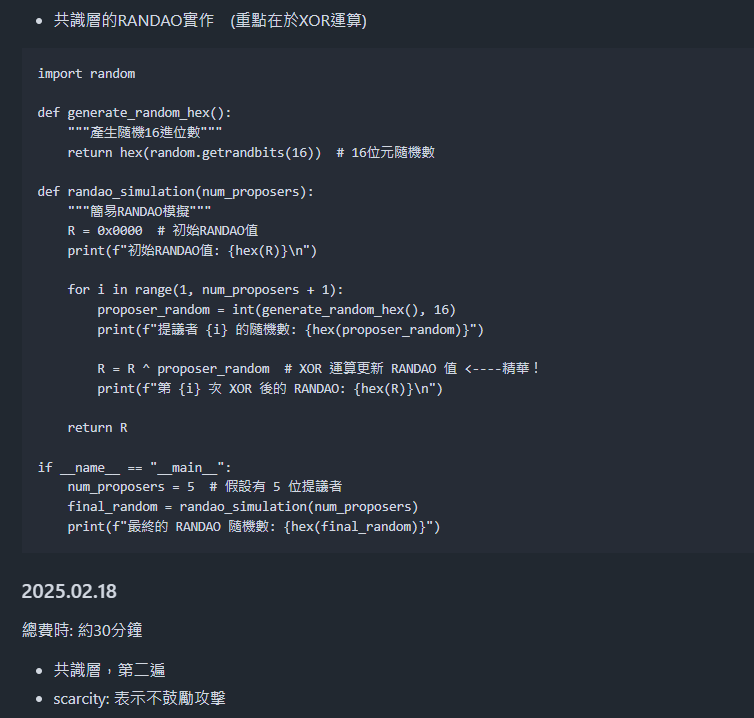
If you also want to explore Web3 from scratch like K66, welcome to add TinTinLand assistant (🆔 WinniWinni1) to get the latest courses and developer activities!
🎁 Interactive Easter Egg : Share your #Web3 female growth story on Twitter or in the comments section of the official account, and 3 readers will be selected to receive customized peripherals! Your experience may be the source of inspiration for the next female developer. On this International Women's Day, I hope every woman can move forward fearlessly in the world of Web3. You are not only participants in technology, but also shapers of the future ecology. "Her power" never sets limits, and the decentralized future will be brighter because of you.











